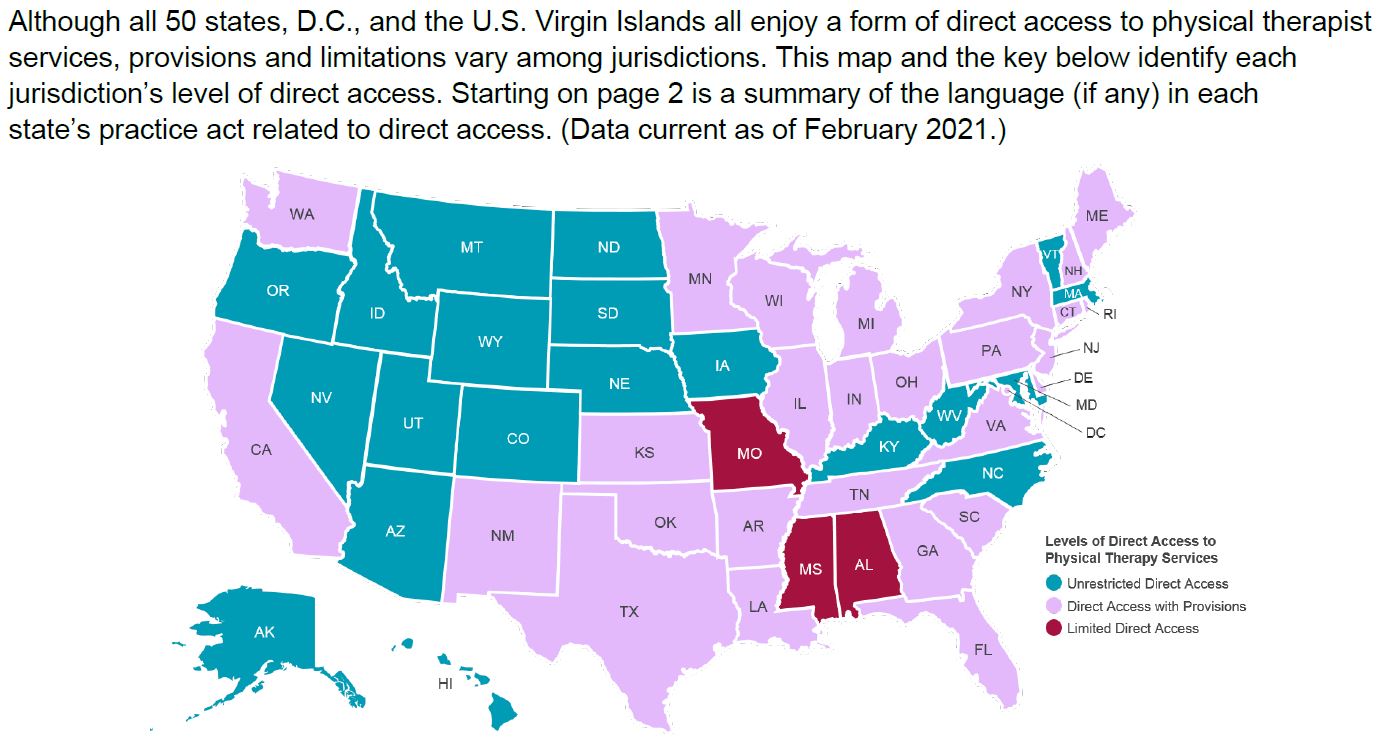Skiing is something we do for fun with family and friends. Don’t let lack of preparation ruin your trip and/or your next 6-12 months! Reports show that there are more than 200,000 ski injuries reported annually in the United States alone. Don’t be a statistic.
Two Common Ski Injuries:
- Boot Top Fracture
- ACL Rupture
Boot Top Fracture:
Boot top fractures are exactly as it sounds. Of course there are multiple varieties including both Tibia and Fibular fractures, one vs. the other, spiral fractures, etc. No matter the exact type of fracture, the road ahead is often slow, costly, time consuming and frustrating for the individual who was seeking to have fun with family and friends. These often occur due to a sudden stop or collision with another object or individual or as a result of trying to stop quick in an otherwise unexpected situation. Novice to intermediate skiers seem to be at more at risk for this as their muscular control, overall coordination and muscle memory are simply not where they need to be to handle the situation. Additionally, the ski equipment used may impact one’s ability to control their motion and successfully avoid harmful situations.
It is extremely difficult to injure your foot and ankle while skiing. However, boot top fractures occur because your foot and ankle are fully stabilized in the ski boot, so the area that becomes affected is the first in line that is not protected.
If you suffer a boot top fracture, it will either need to be surgically repaired (depending on severity) and/or immobilized for a period of time. Normal immobilization is 4-6 weeks. During this time atrophy sets in, physical therapy is often initiated to prepare you for return to weight bearing. Physical therapists will focus on other areas to improve your strength and flexibility in the areas that they are able to work with so that those tissues are in optimal condition prior to removal of immobilization status. You will then slowly be progressed back to full weight bearing on the affected leg with boot top fracture.
Physical Therapy can last 3-6 months as you progress back to full weight bearing, steadily increase your overall function and begin a path back to your sporting or other extracurricular activities. Note that medical insurance does not cover full progression back to your desired level of function. Although you and your employer spend a steadily increasing amount of money for premiums, out of pocket maximums increase, deductibles and copays also increase; most insurance companies are only supporting return to your basic Activities of Daily Living (ADL’s). You would need to begin a wellness or sports performance program in order to attain your higher goals.
ACL Rupture:
Your ACL, also known as the “Anterior Cruciate Ligament”, is a key ligament which helps control excessive motion of a moving femur (thigh) on the fixed tibia (lower leg). The ACL ruptures as a result to a sudden impact or stopping of the lower leg while the thigh continues to advance forwards. Those who have experienced and ACL rupture often report hearing and/or feeling a “pop” deep in their knee. Swelling and pain obviously results and immobilization, ice, compression and elevation are needed in the early phase. Once swelling has subsided, most likely this will need to be repaired surgically by a skilled orthopedic surgeon. The good news is that the ACL reconstruction procedures available and used today have been performed many times by most orthopedists due to the commonality of this injury. The bad news is that if you have excessive swelling, then they will often send you to physical therapy for “pre-hab”. Pre-hab is a series of physical therapy sessions designed to help reduce swelling, pain and improve range of motion as well as the overall environment for the knee. Your physical therapist should implement good hip strengthening exercises and advise you of the process post-operatively, key things that you should be doing, etc.
After surgical repair, you will begin a new physical therapy rehabilitation program where your therapist will assess initial range of motion, girth and other key items from which they will help guide at https://holisticdental.org/xanax-treat-anxiety/ a steady progression to proper weight-bearing as directed by your surgeon.
Prevention:
As you can see, both of these injuries can massively impact your pocket book and ability to do the things you want to do for 6-12 months. Although not all injuries are preventable, there are some key things that can be done to set yourself up for success and reduced risk.
- Be sure you have the proper equipment for your height, weight and ability level. Note that technology is steadily improving. You may not need the latest and greatest, but if your equipment is outdated, you may be at greater risk. If you fudge your ability level, you may find that your bindings fail to release you when needed, increasing your risk of injury.
- Plan ahead and ski safely. Like driving, give yourself room on the slopes so you have the time needed to react to sudden changes in snow or traffic conditions on the slopes.
- Be aware of snow conditions. Suddenly getting stuck in slush is a good way to have your lower leg stop and the rest of your body keep going. Don’t ski in bad conditions and/or be aware and adjust speed and aggressiveness accordingly.
- Consult a physical therapist for a preventive program easily 6-10 weeks in advance of ski season. It takes a good 6 weeks to develop measurable increases in strength and flexibility, as well as improved muscle memory.
- Key components of this program include, but are not limited to:
- improving flexibility of your lower extremity musculature
- core control
- agility
- lower extremity strength, especially through the larger muscles of the hip and thigh
- skiing specific warm-up routine designed for you, not just a general one
- Your physical therapist should be able to provide you with an individualized stretching or warm-up routine to help you hit the slopes ready for success and FUN!
BreakThrough has developed a custom program targeted specifically to help skiers prepare for success on the slopes for skiers of all types and experience levels. The more novice you are, the more critical this is. Have fun on the slopes this year and as we always say, “Be smart before you are sorry.”



